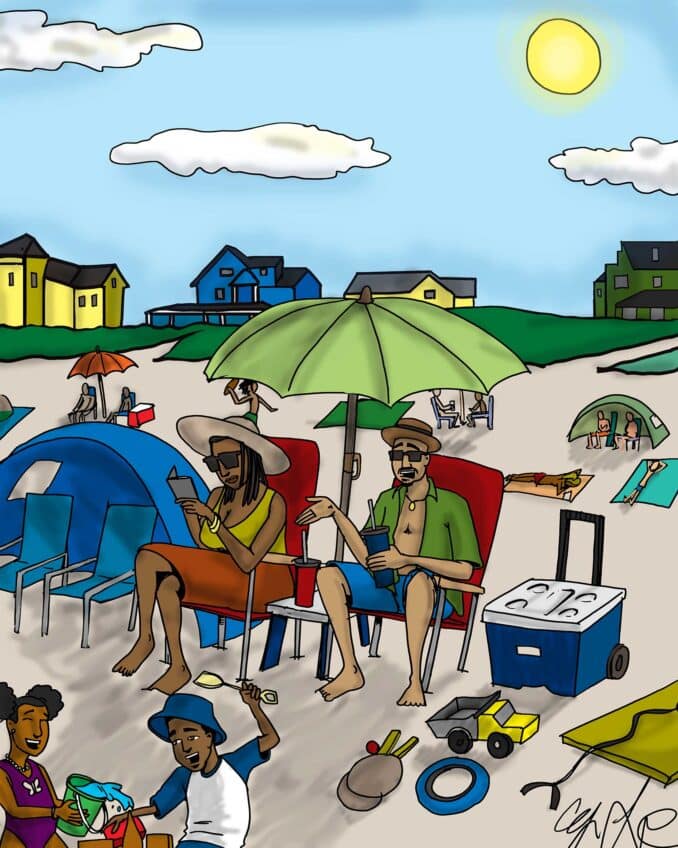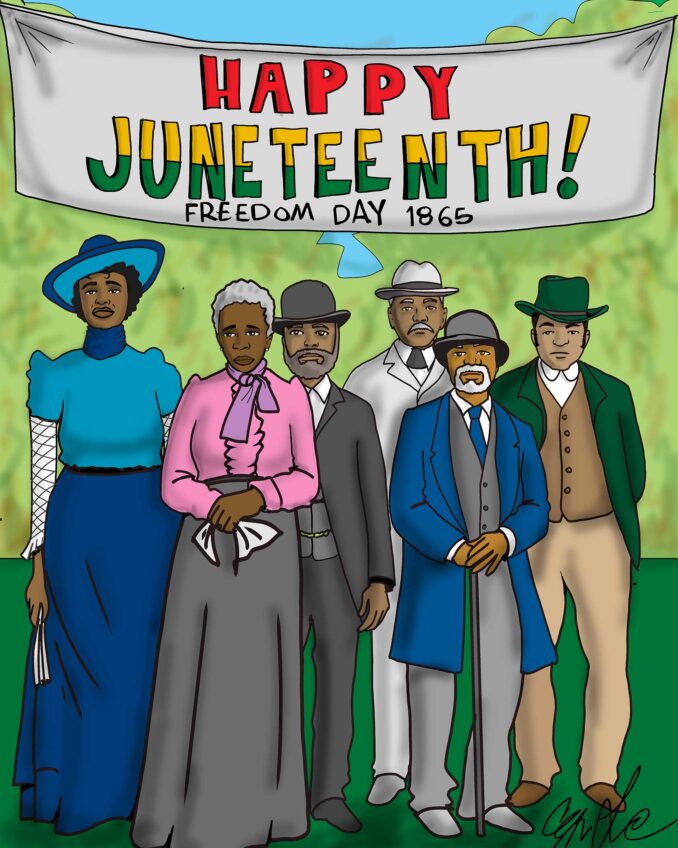“I didn’t think I was at risk.”
“I wasn’t sure where to get screened.”
“I was embarrassed to ask my doctor about the lump in my breast.”
“I didn’t think the diagnosis was that serious.”
These are phrases I hear all too often from African American women and other women of color when talking to them about breast cancer. The problem, however, is not their words; it’s the tragic consequences that result from them.
This year, 4,200 women will be diagnosed with breast cancer in Massachusetts and 980 women will die from the disease. I’ve learned that the difference between life and death is not only luck. The statistics show unconscionable gaps in treatment and access between income levels and among races.
Although white women have the highest breast cancer incidence rate in the U.S., African Americans are faced with the highest mortality rate from the disease. This disparity in mortality rates is largely a function of unequal and minimal access to early detection services, treatment and education that could save their lives.
Detecting breast cancer early is the key to survival. Today, 98 percent of patients survive at least five years when breast cancer is found and treatment begins before it spreads beyond the breast.
But that’s where the good news ends. A disturbing reality is that many women in Massachusetts and across the country — women who come from a racial and ethnic minority group, and low-income women with little or no health insurance — are less likely to get screened, more likely to be diagnosed with late-stage breast cancer, and therefore more likely to die. Even when screened in a timely manner, many of these women are not likely to seek the proper treatment until the cancer has advanced.
Breast cancer is not, and should not be, a death sentence for women, regardless of the color of their skin, insurance status or income. But in order for us to close the gaps in our health care system, we must first understand the causes of these health disparities and then devise solutions. This is where my work comes in.
As I say every day, the key to overcoming disparities in breast cancer screening and treatment is education. And it’s up to all of us — doctors, legislators, women — to raise awareness in our communities and protect our sisters, neighbors, colleagues and even ourselves from the unnecessary tragedies of breast cancer.
First, we need to regularly engage women in our communities to learn about the importance of breast health, self-exams and regular screenings, and where they can go for help. Massachusetts’ new health reform plan means more women can get health insurance coverage for breast cancer screenings. But without the knowledge of the resources available to them, and the education about their importance, how can we expect women to seek them out?
Second, we must encourage African American women and other women of color in our communities to take part in clinical trials. The outcomes of these trials help to develop more targeted and effective treatment plans for minority women in both the short and long terms.
Third, we need to call upon our legislators and the medical community to continue and increase funding for patient navigator programs. These programs, available at hospitals and community health centers, help women cut through the red tape of our immensely complex health care system and overcome language, cultural and other barriers to obtaining needed screening and treatment.
Finally, we need to strive to achieve greater cultural sensitivity in the medical community. A provider’s ability to understand, communicate with and care for patients from diverse backgrounds plays a vital role in a woman’s breast health, not only in providing the best possible treatment, but also in establishing a trusting relationship with their patients. At Dana-Farber/Harvard Cancer Center, we develop, implement and evaluate a cultural competency curriculum for clinical staff. Women should expect nothing less from their hospitals or health centers.
Whether you survive breast cancer should never depend on who you are, where you live or the color of your skin. If we can work together to increase awareness in our communities, I know that we can close these gaps and save more women’s lives.
Last week, Boston joined the Komen Community Challenge — a national grassroots campaign dedicated to ending disparities in research, public policy and access to quality care. Susan G. Komen for the Cure is asking our community to rally together and give every woman an equal chance to survive breast cancer.
I am ready to answer this call — are you?
Karen Burns White is the deputy associate director of the Initiative to Eliminate Cancer Disparities at Dana-Farber/Harvard Cancer Center, the largest National Cancer Institute-designated comprehensive cancer center in the nation. She is also a board member of the Massachusetts Affiliate of Susan G. Komen for the Cure.






